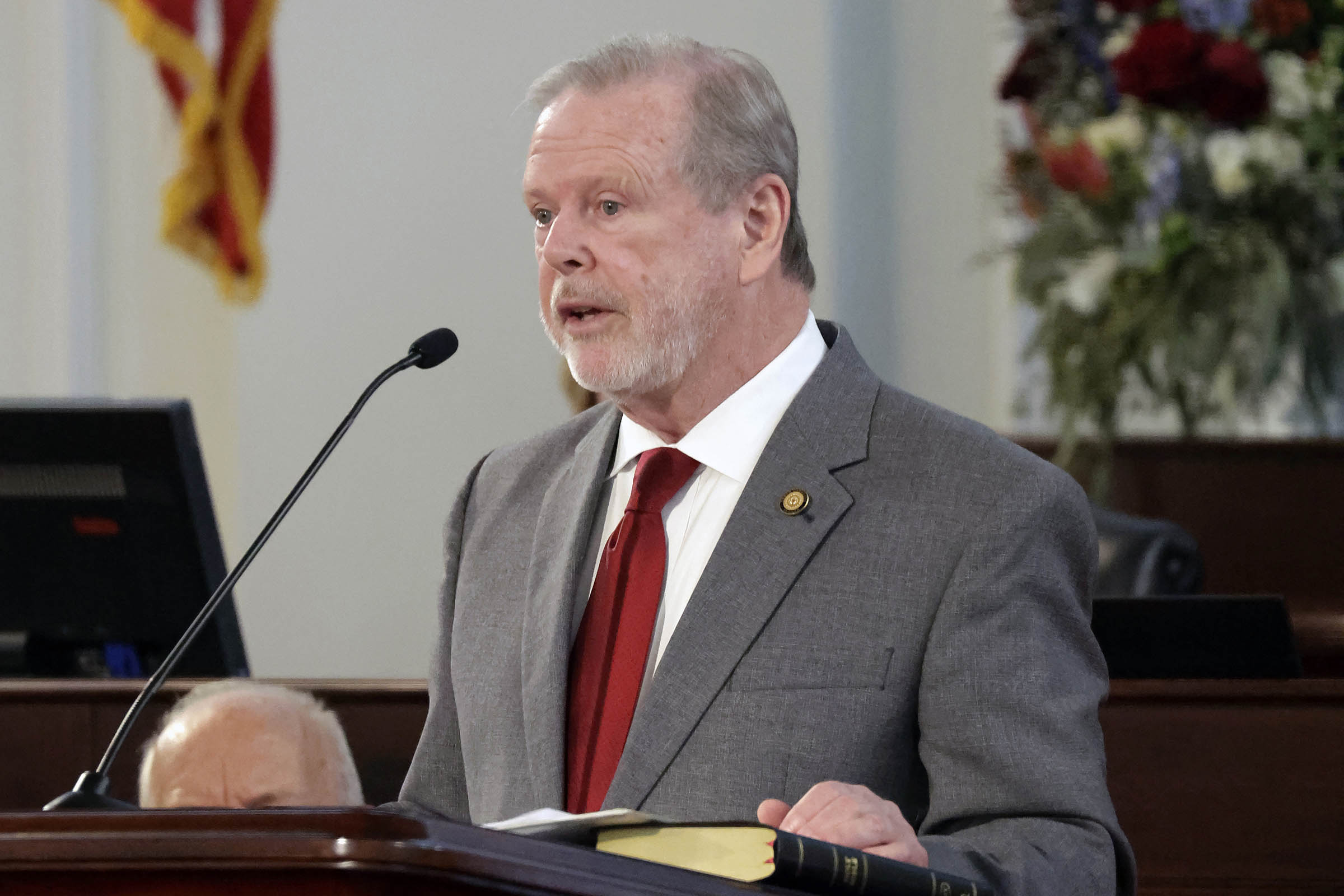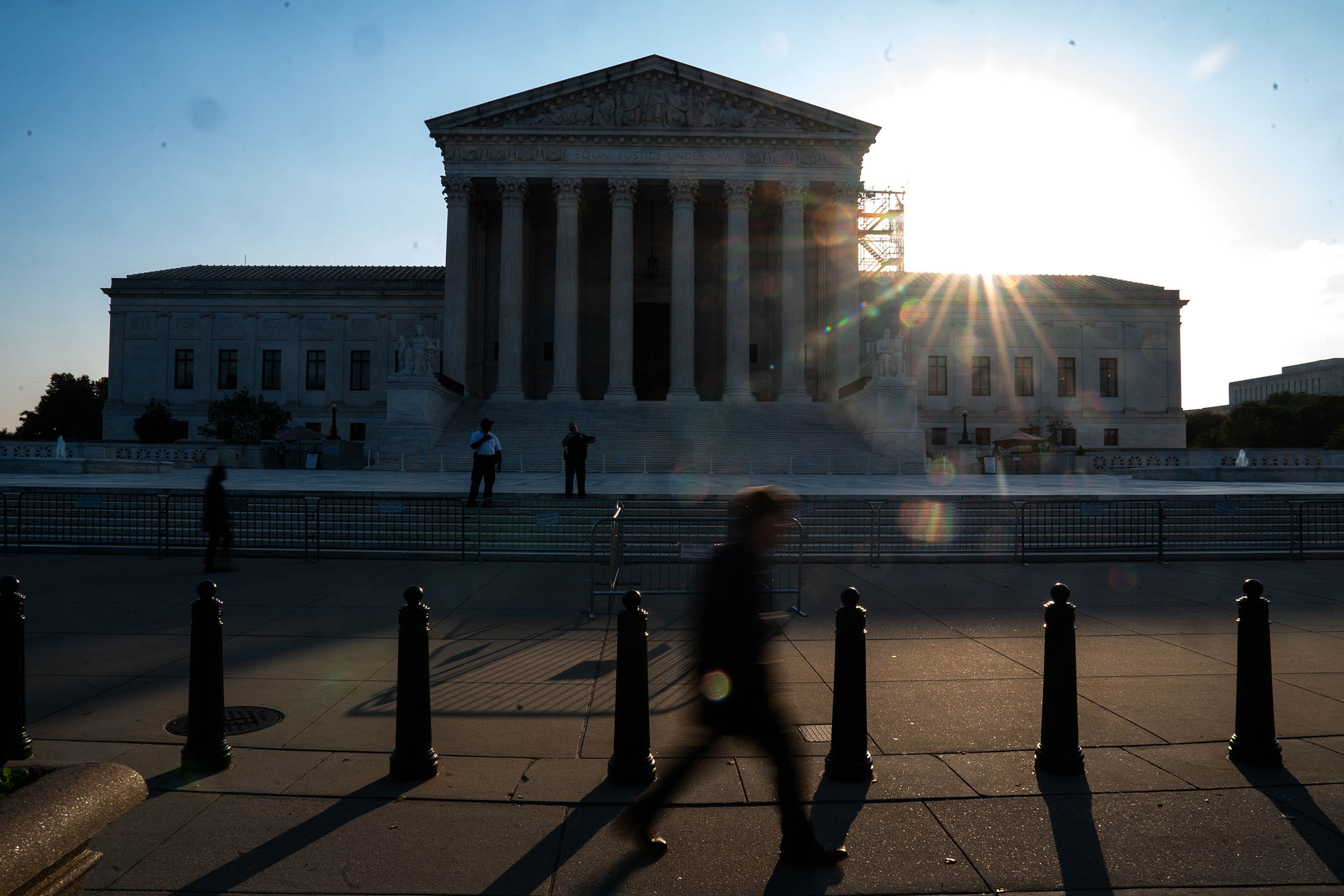By MAKIYA SEMINERA and GARY D. ROBERTSON Associated Press
RALEIGH, N.C. (AP) — Democrats rallying Tuesday against a new U.S. House map proposed by North Carolina Republicans seeking another GOP seat at President Donald Trump’s behest acknowledged they’ll likely be unable to halt the redraw for now. But they vowed to defeat the plan in the long run.
The new map offered by Republican legislative leaders seeks to stop the reelection of Democratic Rep. Don Davis, one of North Carolina’s three Black representatives, by redrawing two of the state’s 14 congressional districts. Statewide election data suggests the proposal would result in Republicans winning 11 of those seats, up from the current 10.
The proposal attempts to satisfy Trump’s call for states led by Republicans to conduct mid-decade redistricting to gain more seats and retain his party’s grip on Congress in the 2026 midterm elections. Democrats need to gain just three more seats to seize control of the House, and the president’s party historically has lost seats in midterm elections.
With Republicans in the majority in both General Assembly chambers and state law preventing Democratic Gov. Josh Stein from using his veto stamp against a redistricting plan, the GOP-drawn map appeared headed to enactment after final House votes as soon as Wednesday. The state Senate gave its final approval early Tuesday on a party-line vote. A House redistricting committee debated the plan later Tuesday.
Still, about 300 protesters, Democratic Party officials and lawmakers gathering outside the old state Capitol pledged repeatedly Tuesday that redrawing the congressional map would have negative consequences for the GOP at the ballot box in 2026 and beyond. Litigation to challenge the enactment on the map also is likely on allegations of unlawful racial gerrymandering.
“We know we may not have the ability to stop the Republicans in Raleigh right now … but we are here to show that people across this state and across this nation are watching them,” North Carolina Democratic Party chair Anderson Clayton said to cheers.
The gathering served Democrats to censure state Republicans they accuse of agreeing to kneel to Trump through a corrupt redrawing of district lines to target Davis.
State GOP leaders defended their action, saying Trump has won the state’s electoral votes all three times that he’s run for president — albeit narrowly — and thus merits more potential support in Congress.
The national redistricting battle began over the summer when Trump urged Republican-led Texas to reshape its U.S. House districts. After Texas lawmakers acted, California Democrats reciprocated by passing their own plan, which still needs voter approval in November.
Republicans argue that other Democratic-leaning states had already given themselves a disproportionate number of seats well before this national redistricting fight started.
“It is incumbent upon us to react to this environment, to respond to this environment, and not let these tactics that have happened in blue states dominate the control of Congress,” state Sen. Ralph Hise, the map’s chief author, said during Tuesday’s Senate debate.










